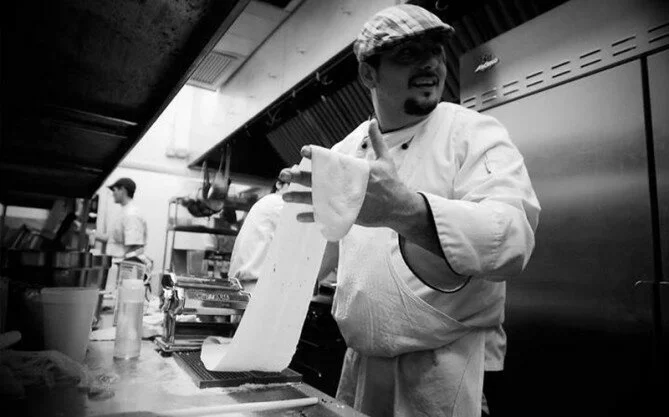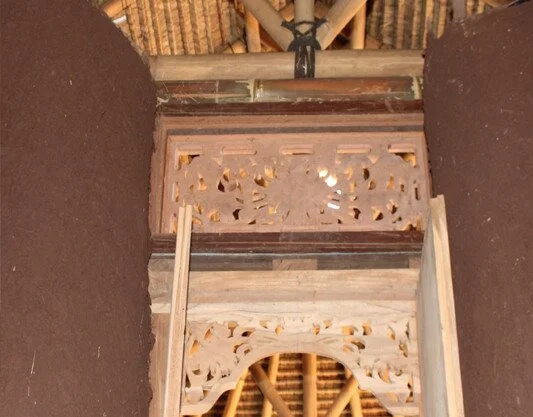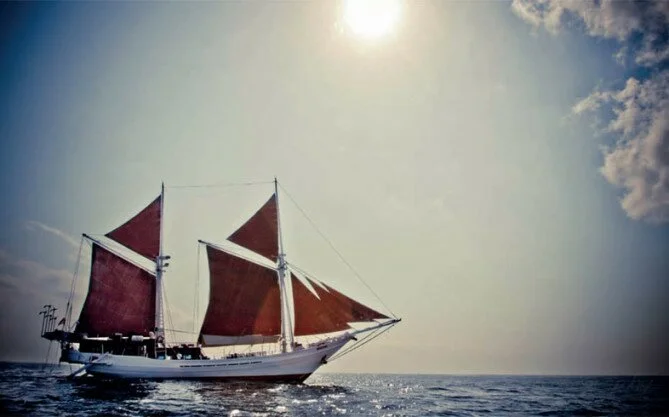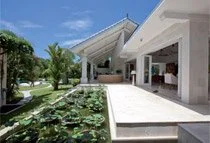With Bali’s property prices going through the roof, and Lombok fast becoming the must-visit destination in Indonesia, investors are beginning to explore more uncharted options on Indonesia’s eastern islands of Flores and Sumba. The first cry of ‘gold’ – or rather affordable beachfront land – echoed over the water a few years back, attracting both land speculators and developers with its promise of huge payouts. Today, many are convinced that both East Nusa Tenggara islands are destined for a tourism boom, and indeed more and more domestic and international visitors are using Bali as a springboard to those less-explored parts of the archipelago, particularly for the Komodo National Park and the untamed white sand beaches of Sumba. This is also being helped by the Indonesian government, which is pouring money into the areas with infrastructure such as roads and new airports, making access all that more easier. Eugene Shivnan of Exotiq Property, a brokerage based in Bali, has high hopes for these two markets and is already seeing a lot of trade. “Up until the recent past, activity in both locations has been primarily land banking and speculation driven by the belief that both islands will grow as future tourism destinations,” he says. “That belief is now coming to fruition as large and small investors are taking the step into developing tourist-oriented businesses such as hotels, small boutique resorts, restaurants, and even moving into the residential market, to take advantage of the increase in tourism.” The purchasing of land is also much easier and transparent now due to the hard work and experience gained by the early land bankers and developers, who were the real pioneers. “All the due diligence has been done by the early speculators, and the land titles are certified and fully legal, making dodgy deals a thing of the past,” says Shivnan. “In Sumba, I know of one developer who is offering a buy back guarantee on any land purchase should anything untoward turn up after any deal has been signed and you are not happy with it.”
SUMBA
Probably most well-known for the pasola, a horseback joust to celebrate the rice planting season, Sumba is gradually morphing from a surfer haven into a more sophisticated tourist destination. And investors are taking notice. Both land speculators and small-time buyers are showing an increased interest in the largely untouched island.
A lot has happened since the Chairman of the Association of the Indonesia Tour and Travel Agency called Sumba “the next Bali” for international tourists in 2011. “A few years ago you couldn’t even buy land with money. Locals wouldn’t take it, as it had no value to them. You pretty much had to barter with buffaloes, goats and pigs,” says Omri Ben-Canaan, one of the three co-founders and the CEO of 01islands, a Bali-based Sumba real estate investment group.
According to Omri things started to pick up pace on the 700,000-inhabitant island after the airport in Tambolaka (also called Waitabula), West Sumba’s transport hub, was renovated last year. Easily accessible on an hour’s flight from Bali, the town is currently the gateway to the island’s western side. “Most investors and tourists are interested in this area,” Omri says. “And the land market here is thriving.”
Sumba has everything a tourist could ever wish for: pristine beaches, diving, surfing, vast savannas and unique culture. While infrastructure is still very basic and roads vary in quality, Omri says that the government understands Sumba’s potential to become the next tourist hot spot and currently has numerous projects in the pipeline. “The government is pouring money into new roads, expanding the island’s energy networks, as well as building schools, hospitals and other facilities,” he says.
Unlike the neighboring Flores, the land prices in Sumba are still relatively low as the island is much less developed. Nevertheless, these are continually increasing. “The prices are going up and investors are pretty confident that they will make money,” Omri says. “At this stage, it really just comes down to how fast they want to sell their land and how much profit they want to make.”
The property prices on the island have increased over ten fold in the past four years. For oceanfront land, land prices in Sumba jumped +1,433.3% between 2010 and 2014. If you compare this with other markets, it’sthe increases are outstanding. For the same period Gilis would have jumped +222%, Canggu +124% and Lembongan +127.5%.
And while many are still buying land, most are holding onto their purchases since the prices are expected to rise even further. “Sumba is one of these places. everything is in place for the market to go wild,” Omri says. “I am very much looking forward to the next few years. While Sumba is a great place to make money on real estate, it is also so much more. It has the potential to grow into an amazing place to live and, of course, holiday. I guess that’s why so many people call it ‘the next Bali.’”
FLORES
While Sumba is only just beginning to make waves on the investor circuit, Flores is a more established tourist destination. Labuan Bajo in West Flores remains the most visited place on the island, and is still the most popular with investors. A gateway to the Komodo National Park, the town is in close proximity to the Komodo airport, as well as some of the best beaches and diving areas in Indonesia.
“This market is evolving fast,” says Bill Barnett, managing director of C9 Hotelworks, a leading hospitality consultancy. “In terms of what’s hot, certainly Labuan Bajo both with domestic and international investors, they see the unique Komodo entry point, potential for widespread yachting and gateway airport as key drivers. Upscale tourism is primed and plane seats are hard to
come by.”
In and around Labuan Bajo, investors are looking for private or semi-private islands or large and secluded beachfront type of plots within about 20-30 minutes from the town centre, something with a white sand beach and a hillside offering views out over the sea which can be developed into resorts or boutique hotels.
Brice Firer, an investor and manager of a property development in Labuan Bajo, says that the value of land in the area has risen between 100 and 200 per cent in the past five years. “Most of the initial investors were land speculators hoping for long-term pay offs. Land in Flores is becoming increasingly more difficult to buy as most of them are still not ready to sell,” he says. “The locals have also realised that they can now ask a lot more money for their properties and record prices are being achieved in and around the Labuan Bajo area. The Waerana Waecicu and Batu Gosok areas in West Flores are also on the top of the buyers’ lists.”
While many speculators are siting on their land, hoping that its value will go up even further, development projects are slowly starting to take shape on the island. “Prices are already very high, and we are now seeing more and more developers move in and start building tourist facilities,” Brice says. “There is a new marina project with a hotel and villas, as well as a couple of new four star hotels in progress, including the Seraya Hotel on Seraya Kecil Island. Homestays are also very popular so there are also some small bungalow projects coming along.”
While the infrastructure on Flores still leaves a lot to be desired, the Indonesian Government is taking steps to aid development on the island. “Some of the roads have been improved and next on the government’s project list is a tourist port in Labuan Bajo,” Brice says.
While flight options to the island are still limited, with most visitors having to transfer in Bali, this is likely to change once the airport’s runway is extended to accommodate Boeing 737 aircrafts. “Once completed this will be a definite draw card for tourist. We are likely to see direct flights from Jakarta, and even Singapore and Australia,” Brice says. “It’s going to be a game changer.”
Eugene Shivnan is another one who is optimistic about the future of the islands. “If the government continues to support the areas as tourism destinations, providing improved infrastructure and air transport solutions, then both locations have significant room to expand, develop, and grow as viable tourism markets,” he reckons. “On the face of it with current investment and commitment being what it is at the government level, there is no reason why Sumba and Flores should not flourish and for both tourism and real estate here to become booming markets, bringing prosperity for everyone.”
Anita Surewicz






























































